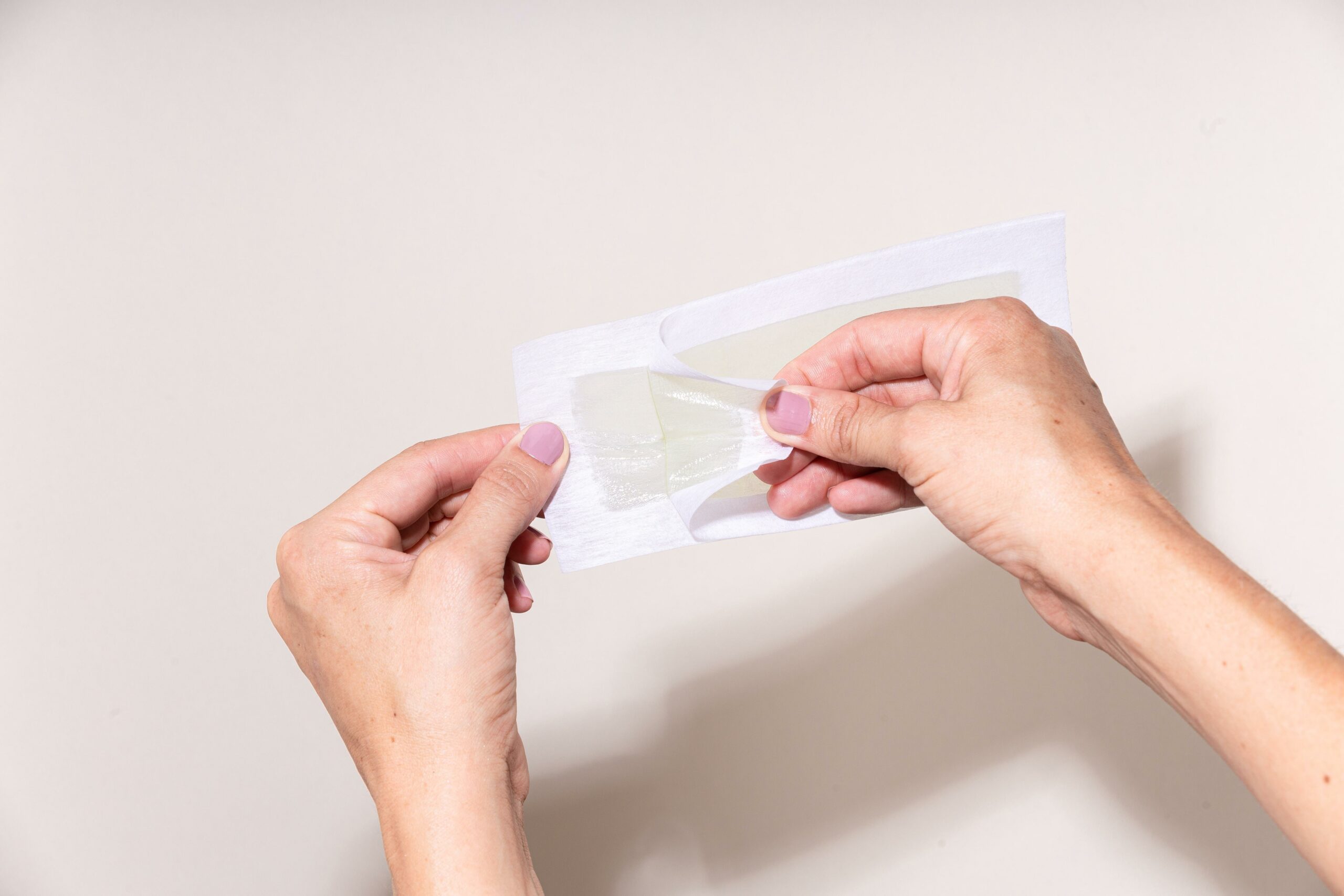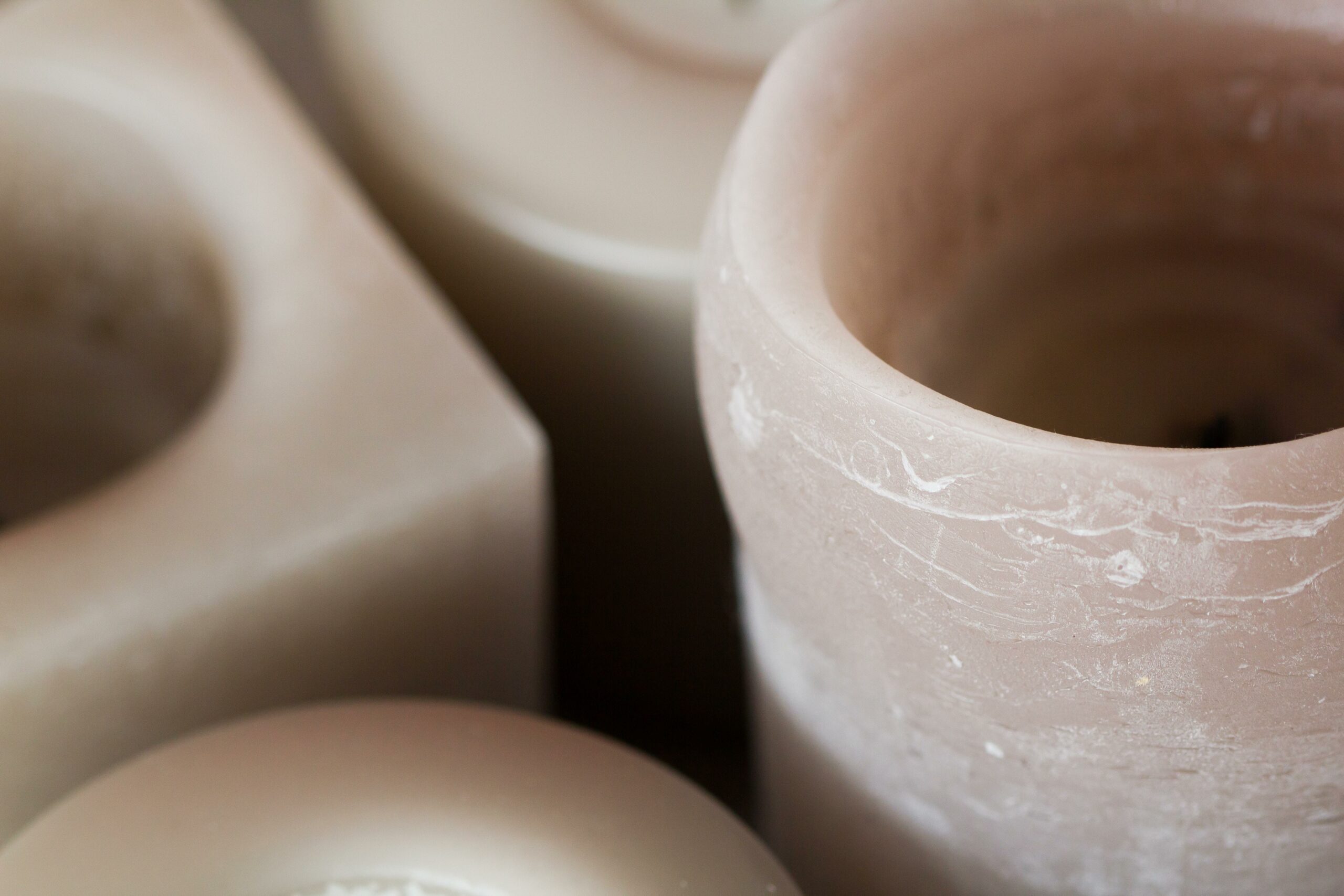Are you tired of enduring the pain and frustration of waxing, only to be left disappointed with the results? Look no further, because I’m about to reveal the truth behind the most common waxing misconceptions. As a seasoned beauty professional with years of experience in the industry, I’ve seen it all – from wild claims about waxing techniques to the never-ending debate on whether it’s suitable for everyone. In this article, we’ll unmask these myths and arm you with the knowledge to achieve a flawless hair removal experience. Get ready to say goodbye to those pesky misconceptions and hello to smooth, confident skin!

Unmasking Common Waxing Myths: Debunking Misconceptions for a Flawless Hair Removal Experience
Common Waxing Misconceptions
As a seasoned beauty professional with a passion for helping people feel confident in their own skin, I’ve encountered numerous common waxing misconceptions throughout my career. Today, I want to take the opportunity to debunk these myths and provide you with accurate information to ensure a more informed and satisfying hair removal experience.
Myth 1: Waxing always hurts, and there’s no way around it.
Sure, waxing involves some level of discomfort, but it doesn’t have to be unbearable! The pain experienced during waxing is highly subjective and can be minimized by following proper techniques. The skill and expertise of your esthetician play a crucial role in determining your level of discomfort. So, it’s essential to choose a highly trained professional who knows how to minimize pain and discomfort.
“Contrary to popular belief, waxing doesn’t have to be synonymous with excruciating pain. By choosing a skilled esthetician and employing the right techniques, you can significantly reduce discomfort during the process.”
Myth 2: Waxing causes ingrown hairs and skin irritation.
Ingrown hairs and skin irritation can occur after waxing, but they are not inevitable outcomes. These issues are often the result of poor aftercare or improper technique. Proper exfoliation and moisturization of the skin, post-waxing, can help prevent ingrown hairs. Additionally, the right waxing technique, including using the right type of wax for your skin and hair type, can significantly reduce the chances of skin irritation.
“Don’t let the fear of ingrown hairs and skin irritation deter you from trying waxing. With the right aftercare routine and appropriate waxing techniques, you can enjoy smooth and irritation-free skin.”
Myth 3: Waxing results in permanent hair removal.
Contrary to popular belief, waxing is not a permanent hair removal method. While waxing does remove hair from the root, it doesn’t destroy the hair follicle, allowing new hair to grow back. However, regular waxing can lead to hair thinning and slower hair regrowth over time. The frequency of waxing sessions depends on individual hair growth patterns.
“Understanding that waxing offers temporary hair removal rather than permanent results is essential. Embrace the benefits of longer-lasting hair-free periods and enjoy the regrowth process as an opportunity to pamper yourself again.”
Debunking Common Waxing Myths: Dispelling Waxing Misconceptions
Communicating and Preparing: Avoiding Mistakes from the Start
Effective communication between you and your esthetician is key to ensure your waxing session meets your needs and expectations. Before your appointment, take the time to discuss your concerns, allergies, and any preferences you may have. By doing so, you can avoid any misunderstandings and achieve the desired outcome.
“Remember, effective communication is the first step towards a successful waxing session. Don’t be shy about expressing your needs and concerns to your esthetician.”
Preparing the Skin: A Clean Canvas for Smooth Results
Cleaning the skin before waxing is essential for a smooth experience. By removing any dirt, oils, or bacteria from the skin’s surface, you create an optimal environment for wax adherence and hair removal. Additionally, cleansing the skin minimizes the chances of infection and irritation.
“A clean canvas sets the stage for flawless hair removal. Prioritize cleansing your skin before the waxing session to enhance the effectiveness and hygienic aspects of the process.”
Technique Matters: Waxing in the Right Direction
When it comes to waxing, technique plays a crucial role in achieving optimal results. One common mistake is waxing against the direction of hair growth. This can lead to increased pain, skin irritation, and even breakage of hair at the surface rather than removal from the root. Always ensure that the wax is applied and removed following the direction of hair growth.
“Mastering the technique of waxing in the right direction is like following a roadmap to success. By aligning the waxing process with the natural hair growth pattern, you can achieve smoother results and minimize discomfort.”
Summary: Busting Waxing Myths for a Confident You
In conclusion, understanding the truth behind common waxing misconceptions is essential for a more informed hair removal experience. By avoiding mistakes such as poor communication, inadequate skin preparation, and incorrect technique, you can set yourself up for a flawless waxing session. Remember to choose a skilled esthetician, clean your skin beforehand, and wax in the right direction for optimal results. Enjoy the benefits of smooth, hair-free skin and embrace the opportunity to pamper yourself.
Waxing Information
If you’re looking for the best waxing information, look no further! Our website offers a comprehensive guide to everything you need to know about waxing. From tips and tricks to expert advice, we have you covered. Whether you’re a seasoned waxing pro or just starting out, our waxing information page is a must-visit. Simply click here to access all the knowledge you need: Waxing Information. Get ready for silky smooth skin and say goodbye to unwanted hair – click the link now!
FAQ
Question: What are some common waxing mistakes to avoid?
Answer: Some common waxing mistakes to avoid include failing to communicate with clients, not taking care of oneself during the appointment, waxing in the wrong direction, and forgoing proper technique. Other mistakes include not cleaning the skin before the procedure, trimming the hair too short or leaving them too long, not maintaining a clean workspace, not offering post-waxing care products, drinking caffeine or alcohol before a wax, and not following correct aftercare instructions.
Question: Why is it important to interview the client before the procedure?
Answer: Interviewing the client before the procedure is important to ensure their needs and preferences are met. By understanding their expectations, skin sensitivities, and any contraindications, the waxing professional can tailor the experience and choose the appropriate products and techniques for a successful waxing session.
Question: Why is cleaning the skin before the procedure essential?
Answer: Cleaning the skin before the procedure is essential to remove bacteria and ensure a smooth waxing experience. By removing dirt, oil, and sweat, the wax adheres better to the hair, minimizing discomfort and reducing the risk of infections or ingrown hairs.
Question: How does maintaining a clean and organized workspace benefit both the wax artist and the client?
Answer: Maintaining a clean and organized workspace is crucial for both the wax artist and the client. A clean environment promotes hygiene and safety, reducing the chances of cross-contamination. It also creates a professional atmosphere, instilling confidence in the client and allowing the wax artist to work efficiently.
Question: Why is proper hair trimming important for a successful waxing session?
Answer: Proper hair trimming is important to ensure a successful waxing session. Trimming the hair to the correct length (not too short or too long) allows the wax to adhere properly, resulting in smoother hair removal and reducing the likelihood of breakage or discomfort during the procedure.
- Jerry McSorley’s Post-Divorce Life: New Beginnings - July 16, 2025
- The Rise and Fall of the New Haven Nighthawks: A Minor League Hockey Legacy - July 16, 2025
- Unlock Jerry McSorley’s Career Highlights: Eye Tax Inc.’s Solar Success - July 16, 2025
















